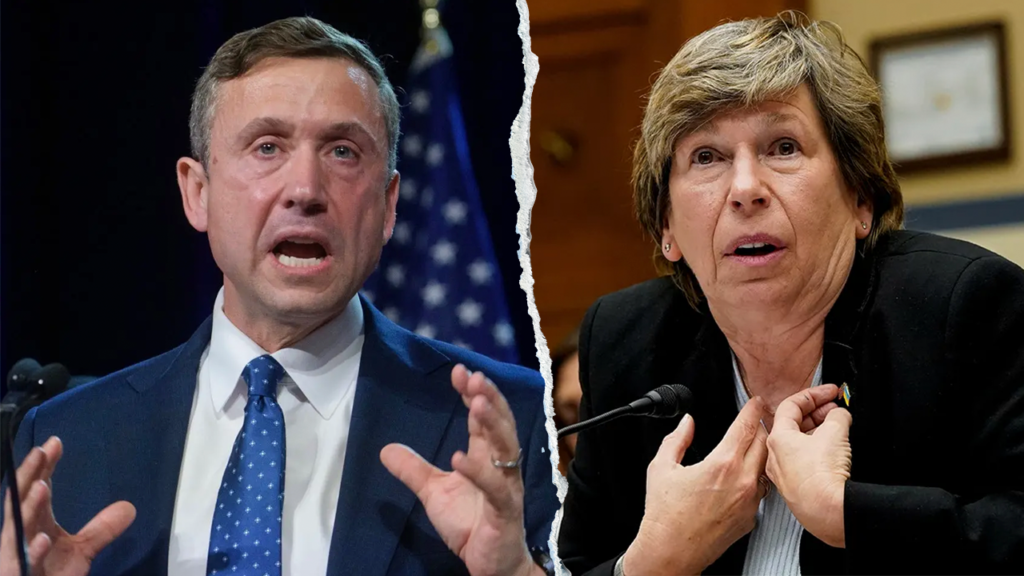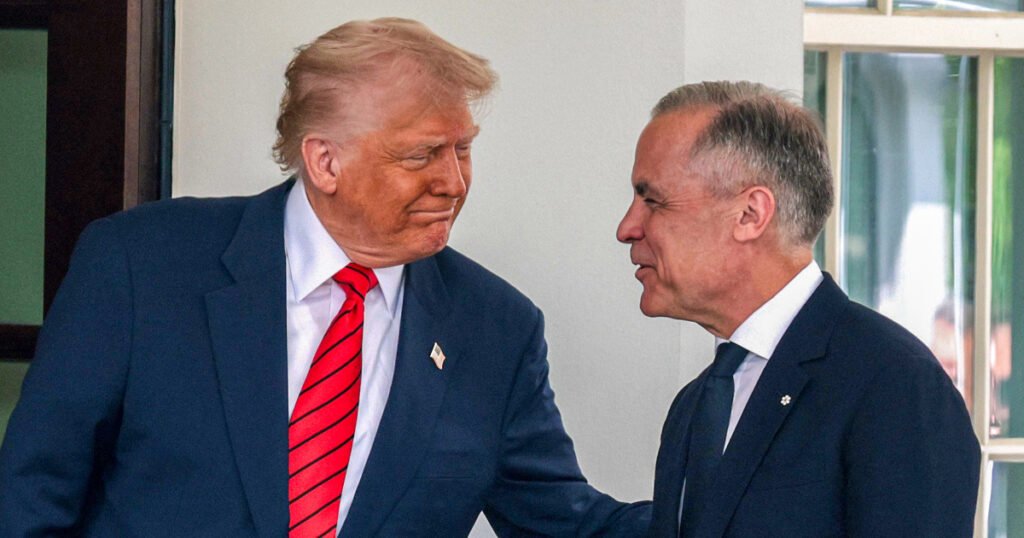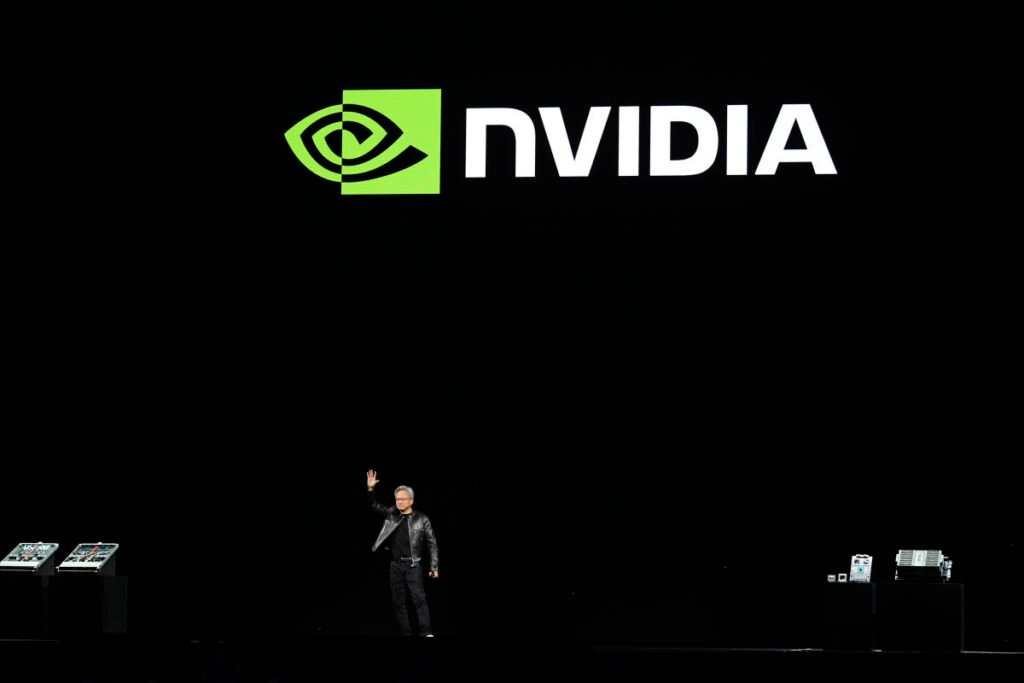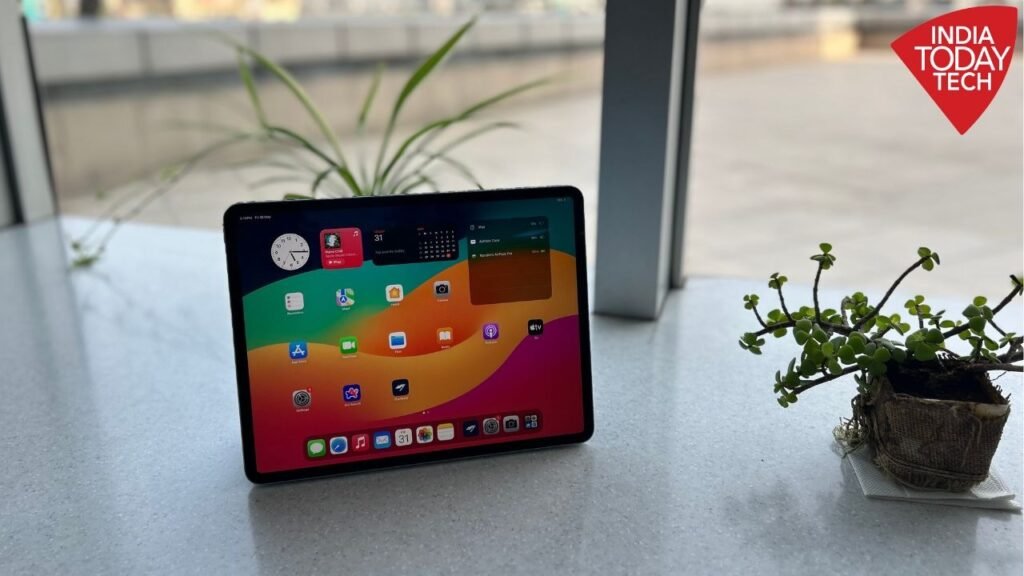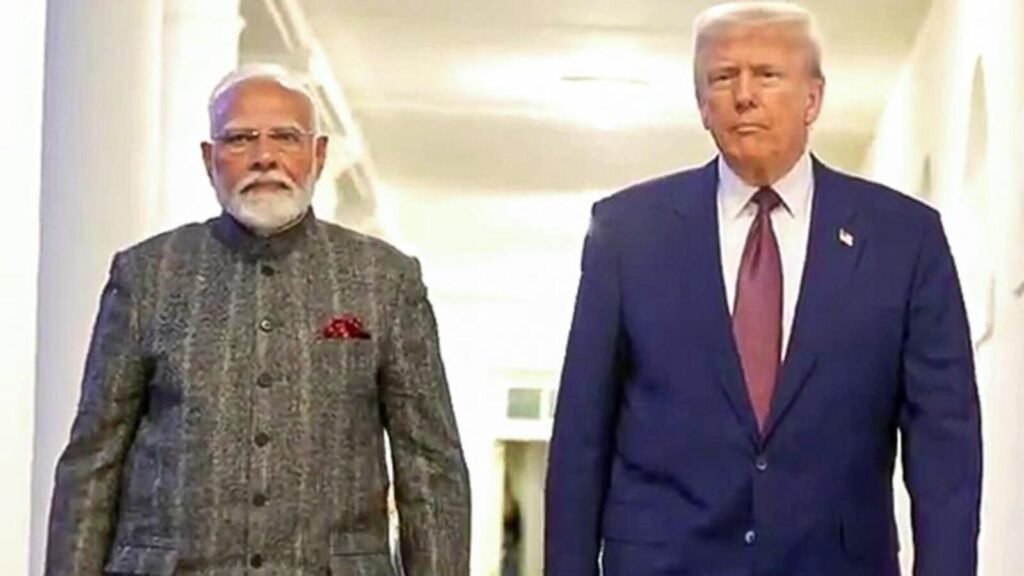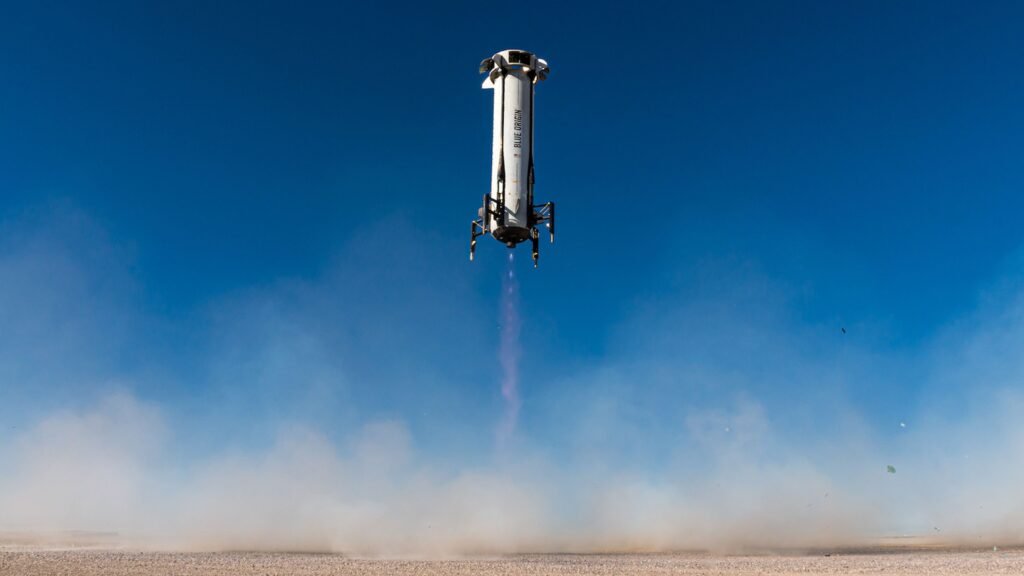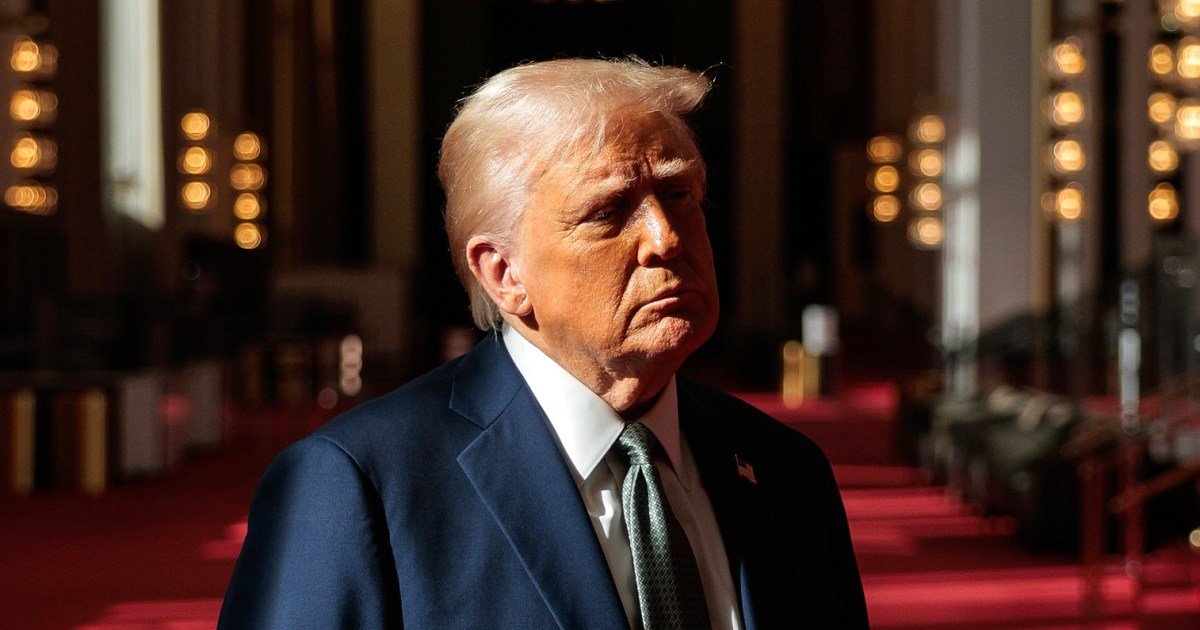Now Reading: Possible tech, auto exemptions in focus as Trump team sows confusion
-
01
Possible tech, auto exemptions in focus as Trump team sows confusion
Possible tech, auto exemptions in focus as Trump team sows confusion
When the US levies a tariff on an imported good, who pays the price: the manufacturer, the importer, or the consumer?
A new study published by the Federal Reserve Bank of Boston found that the consumer ultimately gets charged for the higher cost of importing.
Researchers working with Morning Consult asked small- and medium-size businesses about their expectations for tariffs at the end of 2024. They found that firms planned to pass along higher costs from tariffs to their customers by raising prices.
Importers said they expected the cost increases to be fully reflected in prices in about two years, but the extent of these price increases would vary under different tariff scenarios.
Capital Economics calculates the current effective tariff rate on US imports at 22% after some exemptions on tech products. Last week, the effective rate reached 27%, the highest level in over a century.
